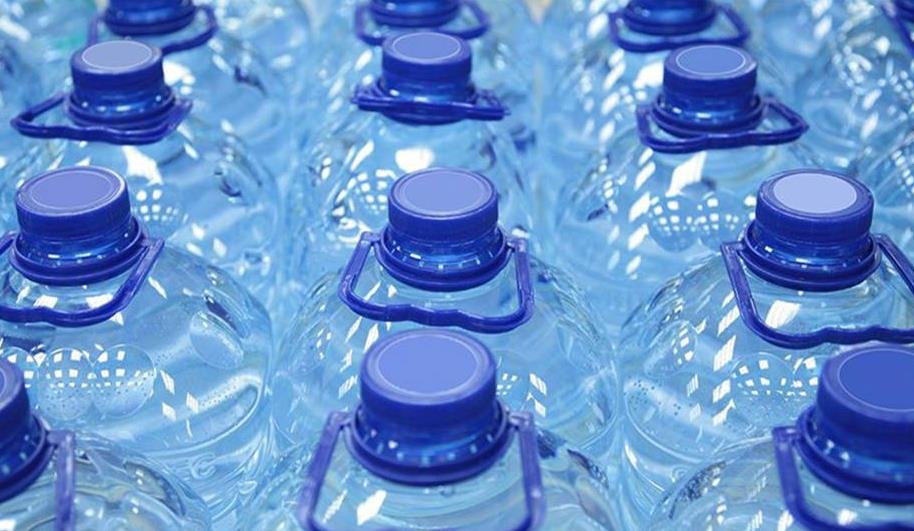Bottled water is often marketed as a safer and cleaner alternative to tap water, but a new study reveals that it may contain far more plastic particles than previously estimated. These particles, known as nanoplastics, are so small that they can enter the human body and cause potential health risks.
Nanoplastics are plastic fragments that are smaller than one micrometer, or one millionth of a meter. For comparison, the diameter of a human hair is about 70 micrometers. Nanoplastics are formed when larger plastic pieces, such as bottles and caps, break down into smaller and smaller bits. These bits can then leach into the water that is stored in plastic containers.
A recent study, published in the journal Proceedings of the National Academy of Sciences, used a newly developed laser technology to detect nanoplastics in bottled water. The researchers found that the average liter of bottled water contains around 240,000 nanoplastics, which is 10 to 100 times more than previous studies that only measured microplastics, which are larger than one micrometer.

Why are nanoplastics harmful to human health?
Nanoplastics are believed to be more toxic than microplastics, because their smaller size makes them more likely to pass through the intestine and lungs into the bloodstream. From there, they can travel to different organs, such as the heart, brain, and liver, and cause inflammation, oxidative stress, and tissue damage. Nanoplastics can also cross the placenta and affect the development of unborn babies.
The most common type of nanoplastic found in bottled water was polyethylene terephthalate, or PET, which is the plastic used to make most beverage bottles. PET can release chemicals, such as phthalates and antimony, that can disrupt the hormonal system and cause reproductive and developmental problems. Another type of nanoplastic found in bottled water was nylon, which may come from filters used to purify the water.
How can consumers avoid exposure to nanoplastics?
The best way to avoid nanoplastics in drinking water is to use reusable metal or glass bottles instead of disposable plastic ones. Metal and glass bottles are more durable and less likely to release plastic particles into the water. They are also more environmentally friendly, as they reduce plastic waste and greenhouse gas emissions.
Consumers can also filter their tap water using carbon or reverse osmosis filters, which can remove most contaminants, including microplastics and nanoplastics. However, these filters may not be accessible or affordable for everyone, especially in developing countries where tap water quality is poor.
Another option is to boil tap water before drinking it, which can kill bacteria and viruses, but may not eliminate plastic particles. Boiling water may also increase the concentration of plastic particles, as some water evaporates during the process.
Consumers should also be aware of the source and quality of the bottled water they buy, as some brands may have higher levels of plastic contamination than others. The study did not name the brands that were tested, but previous studies have found that some of the most popular brands, such as Aquafina, Dasani, Evian, and Nestle Pure Life, had high levels of microplastics in their water.
